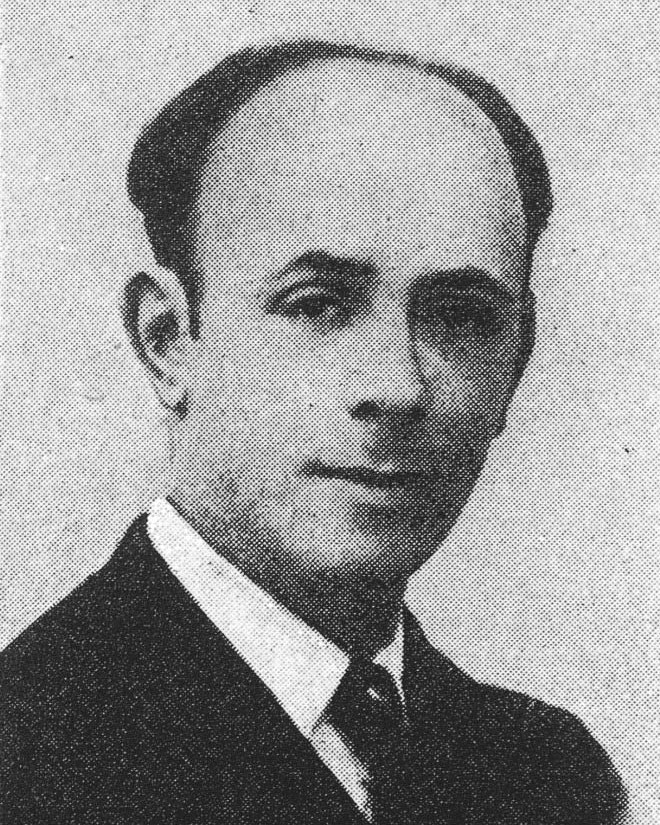Boris BORVINE FRENKEL
Январь 2, 2019Joseph BRONSTEIN
Январь 2, 2019Давид БРАЙНИН
ХАРЬКОВ (УКРАИНА) 1905 – ДЕПОРТИРОВАН В ОСВЕНЦИМ В 1942 Г.
Давид Брайнин вырос в семье портного. Его детство было непростым, и он втихомолку покинул школу и свою семью, и уехал в Палестину, где прожил пять лет. В 1924 году он приехал в Париж. Изучал живопись, хореографию и танец. Вступил в труппу Русского бале- та Дягилева и женился на одной из балерин. В 1931 году они с женой были приглашены в Южную Америку для участия в балетах в Рио-де-Жанейро, Мехико и Буэнос-Айресе. Вернувшись в Париж, Брайнин посещал в течение четырёх лет Школу изящных искусств, где изучал живопись. Специализировался на декорациях для кино. Давид Брайнин был арестован в Париже во время облавы и интернирован в Дранси 29 апреля 1942 года. Затем переведён в Компьень, где, несмотря на тяжёлую жизнь в лагере, продолжал рисовать, делая портреты заключённых и охранников. 18 сентября 1942 года депортирован эшелоном №34. Убит в Освенциме.
Stories of Jewish Artists of the School of Paris 1905-1939
FRENCH-ENGLISH
Capitale des arts, le Paris des années 1905-1939 attire les artistes du monde entier. De cette période de foisonnement, un terme est resté, celui d'Ecole de Paris, qui recouvre une grande diversité d'expression artistique. Dans ce brassage dont Montparnasse est le creuset, un groupe se distingue : celui des artistes juifs venus de Russie, de Pologne et d'Europe centrale. Si leurs styles sont variés, un destin commun les rassemble : ils fuient l'antisémitisme de leur pays d'origine. Certains ont connu la célébrité dès les années 1920, tels Soutine, Lipchitz ou Chagall. D'autres n'ont pas eu le temps ou la chance d'y accéder. Près de la moitié a péri dans les camps de concentration nazis.
From 1905 to 1939, Paris attracted artists from all over the globe as the capital of the art world. This period of artistic proliferation became known as the School of Paris, and includes a great diversity of artistic expression. Within the teeming art world centred on Montparnasse, one group set itself apart: Jewish artists from Russia, Poland, and Central Europe. Although their styles were diverse, they shared the common fate of fleeing anti-Semitic persecutions in their home countries. Some became famous in the 1920s, such as Soutine, Lipchitz, and Chagall, while others did not have the time or the luck to gain renown. Nearly half of these artists died in Nazi concentration camps.





